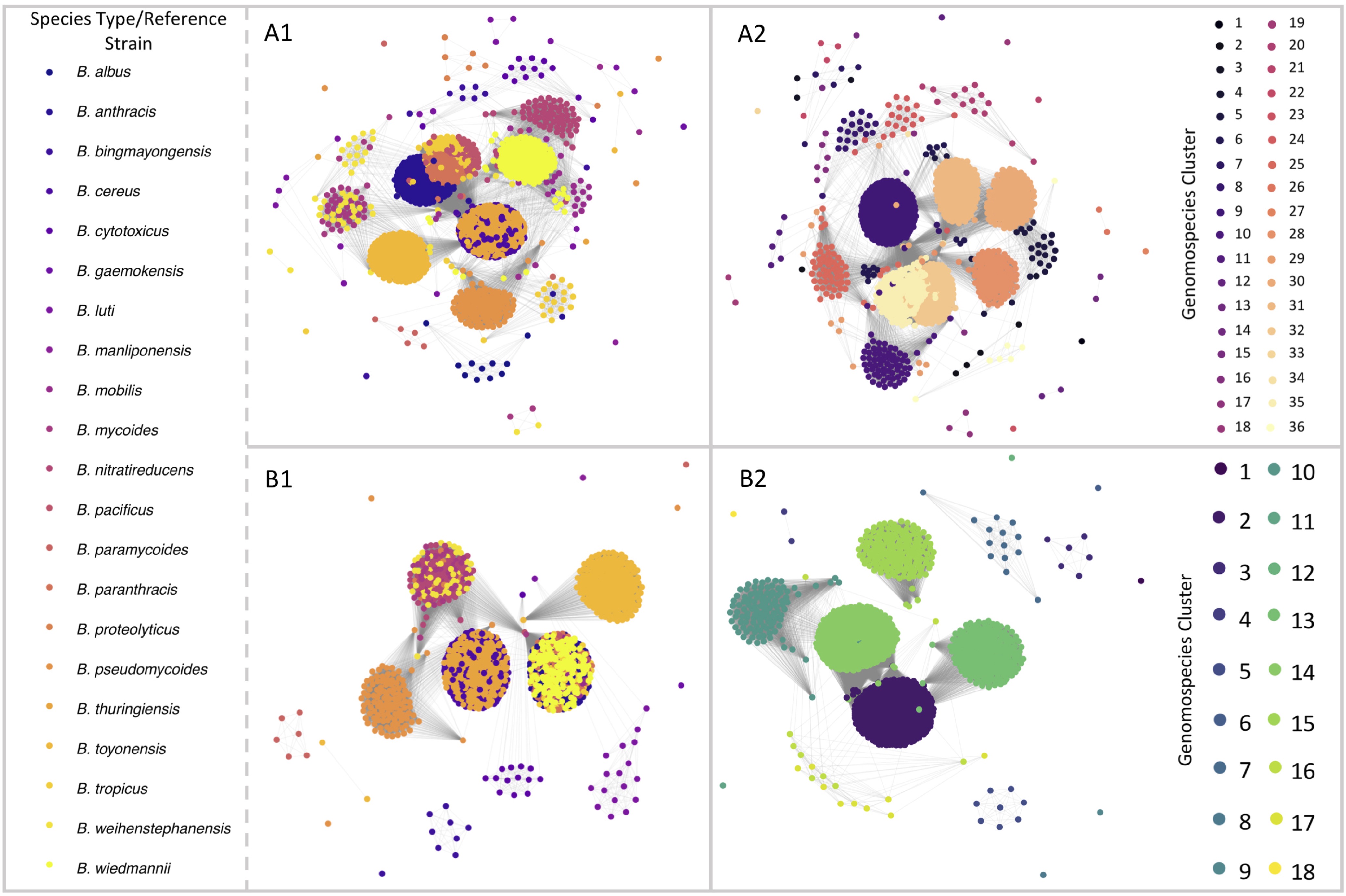Why so
cereus
Data-driven approaches for strain-level, Bacillus cereus group risk evaluation 🍚
🧪 What is this project about?
Have you ever eaten leftovers that have been stored at room temperature just a liiiiiittle too long and ended up feeling sick? 🤢 A foodborne pathogen in the Bacillus cereus group may be to blame! B. cereus group bacteria are commonly found in natural environments like soil, and occasionally, they can end up in our food. Some B. cereus group strains can make us sick, while others can't...but no one really knows why! In this project, we're developing bioinformatic methods, which can leverage massive amounts of B. cereus group whole-genome sequencing (WGS) data to help microbiologists differentiate the bad B. cereus group strains from the good B. cereus group strains.

🧐 Why is it important to research this?
According to the European Food Safety Authority (EFSA), B. cereus group bacteria were among the top five pathogens responsible for foodborne outbreaks in Europe in 2021. However, not all B. cereus group strains make us sick...some strains are even beneficial to humans (e.g., as plant growth promoters, which help our crops grow; as environmentally friendly bioinsecticides, which can kill crop-eating pests; as producers of antibiotics and other natural products). Therefore, we need to differentiate the B. cereus group strains that can make us sick, from the B. cereus group strains that can keep us and our food healthy!
🤞 What can we hope to get out of this project?
Through this project, we are developing free and open-source bioinformatic tools, which can help microbiologists, public health officials, and food industry professionals evaluate the risk of B. cereus group bacteria at the strain level, which can help improve our health and the safety of our food supply!